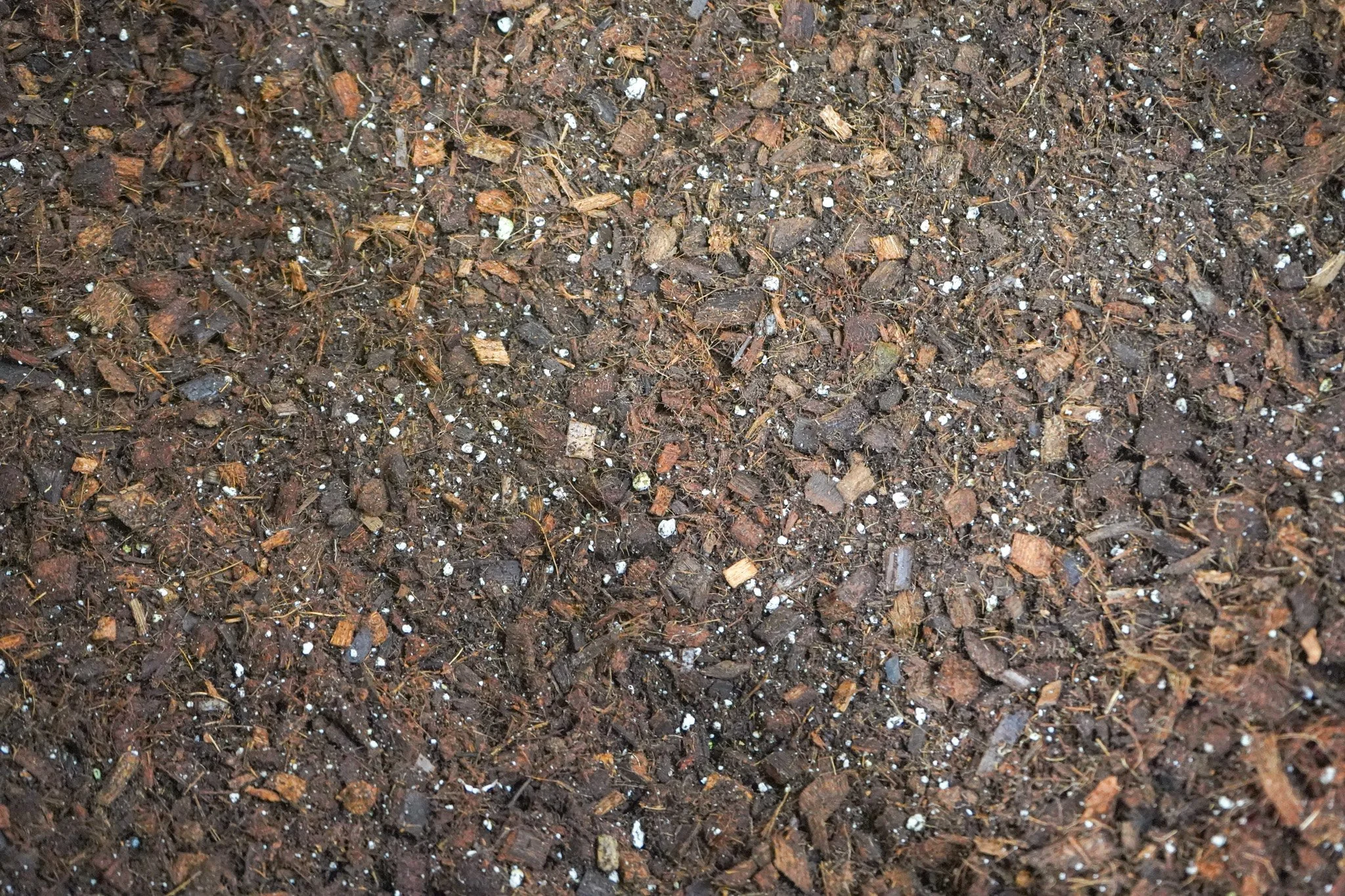Using Coco Coir in Your Garden for Superior Plant Health
Healthy soil is the cornerstone at our farm, and of any flourishing garden in our community. From balcony pots to backyard beds, we can all protect our most precious resource by adhering to four core principles:
Keep soil covered
Minimize soil disturbance
Plant a mix of species
Ensure living roots
What is Coco Coir?
Coco coir offers a sustainable and effective way to champion these principles. As a natural byproduct of coconut processing, the fibrous material between the hard shell and outer coat of the coconut is usually discarded as waste; but it turns out this husk, when properly processed and cleaned, becomes a lightweight, absorbent material that can improve your potting mixes, protect your soil, and support healthy plant roots. Repurposed into coco coir—a renewable, biodegradable alternative to peat moss that helps reduce agricultural waste.
There are two types of coco coir you’re likely to encounter:
Coco pith (also called coco peat): Very fine, looks and feels like dark soil, and improves water retention in potting mixes.
Coco chips: Contains long, stringy fibers and bits of pith. These are ideal for mulching or as a soil amendment when you want to increase drainage and prevent compaction.
Why Coco Coir Is Great for Soil
Coco coir has a fibrous structure that holds moisture well, while still draining excess water away. That balance is crucial for root health, especially in container gardens and raised beds, where airflow and drainage are often limited. The long fibers act like tiny straws, drawing water into the soil and holding it near the roots while allowing air to circulate. By using coco coir, you're supporting two of the core principles of soil conservation:
Minimizing disturbance (coir helps you avoid constantly tilling or turning compacted soil)
Maximizing soil cover (when used as mulch, it protects the top layer of soil from erosion, heat, and compaction)
It’s also a carbon-rich organic material, which supports microbial life in your soil. And because it’s repurposed from coconut waste, it's a sustainable choice that doesn’t deplete peat bogs or other sensitive environments.
How to Prepare Coco Coir
Many coco coir products are soaked in brackish water during processing. If not thoroughly rinsed, they can retain high levels of salts that may harm your plants. To avoid salt-related issues, always check the label on your coco coir product. If it’s labeled “triple washed” or “low EC (electrical conductivity),” that’s a good sign. But even then, it’s safest to rinse it yourself, especially if you're growing salt-sensitive plants.
To rinse coco coir at home:
Soak the coco coir in clean water.
Drain the water thoroughly.
Repeat this process 2–3 times to flush out residual salts.
Once rinsed, your coco coir is ready to use in potting mixes, raised beds, or as mulch.
At Area 2 Farms, we rinse our coco coir until the electrical conductivity (EC) drops below 0.2–0.3 mS/cm, a level that’s safe for most plants.
How to Use Coco Coir in Your Garden
Coco coir can improve both potting mixes and outdoor soil health. Here’s how to use it in two key ways:
Making Your Own Pro Gardener’s Potting Soil
In potting mixes, coco coir supports strong, healthy roots. Roots need oxygen to function properly, and compacted or poorly aerated soil can lead to disease and rot. The fibrous texture of coco coir creates air pockets in the soil, allowing roots to breathe and helping plants thrive.
Try this recipe:
Start with equal parts (1:1:1) of:
Coco coir
Perlite or vermiculite
Compost
Adjust the mix depending on your plants:
Add more perlite for succulents and cacti that prefer fast-draining soil.
Add more coir pith and compost for water-loving plants like herbs or leafy greens.
Note: Coco coir peat can be used on its own, but it lacks calcium and nutrients, so you’ll need to supplement with fertilizer. We've had success growing sunflower and pea shoots in plain coco pith, with added nutrients as needed.
Mulching Your Yard with Coco Coir Chips
Using coco coir chips as mulch is a great way to keep your soil covered, one of the most essential aspects of soil health. A good mulch layer protects the soil from the intense heat of summer, prevents topsoil erosion during rain, and reduces weed growth.
Plus, as the coir gradually breaks down, it adds organic carbon to the soil, further improving its structure and fertility over time. And as a bonus, the reddish-brown hue of coco coir gives garden beds a clean, attractive look.
How to use it:
Spread a 2–3 inch layer of coir chips around your plants and across open soil.
Reapply as needed, especially after heavy rain or at the start of a new season.
Coco Coir—The Smart, Sustainable Choice
Coco coir is a renewable, nutrient-friendly alternative to peat that helps your plants thrive while keeping gardening low-impact. It supports soil conservation, boosts plant vitality, and puts an agricultural byproduct to good use.
Area 2 Farms for Locals
Your food should be equally accessible and nutritious. Which is where we come in. We’re Area 2 Farms, we grow organic produce, deliver it to your door weekly, and operate all within 10 miles of you.




